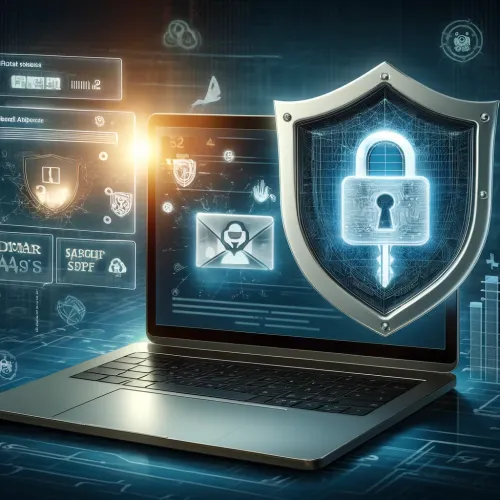
Knowledge base
May 05, 2024
Overcome Phishing: New Standards in Email Authentication
Phishing attacks continue to pose a major threat to both individuals and businesses. Fortunately, there are new technological developments and standards that help us fight these attacks more effectively. In this blog, we will dive deep into the world of email authentication and explore the latest tools and techniques designed to protect us from these malicious activities.
What is Phishing? 🎣
Phishing is a type of cyber attack in which attackers impersonate a trusted entity to extract sensitive information, such as passwords, credit card information, or access codes. This is often done through deceptive emails aimed at luring unsuspecting users to counterfeit websites.
How Do Phishing Attacks Work?
- Deceptive Emails: Phishers send emails that appear to come from trusted sources, such as your bank or a popular website.
- Fake Websites: The links in these emails often lead to fake websites that can look surprisingly real.
- Information Harvesting: These websites are designed to steal your personal information as soon as you enter it.
Emerging Standards for Email Authentication 🔒
The fight against phishing has led to the development of new e-mail authentication protocols. Here are some of the most promising:
- DMARC (Domain-based Message Authentication, Reporting, and Conformance): DMARC helps organizations determine whether an e-mail is legitimate or not, and provides instructions on what to do if an e-mail does not comply.
- SPF (Sender Policy Framework): This protocol authenticates the sender of an e-mail to ensure that it comes from an authorized server.
- DKIM (DomainKeys Identified Mail): DKIM provides a digital signature that confirms the authenticity of messages sent.
How Do You Protect Yourself From Phishing? 🛡️
- Be Careful with E-mail Attachments: Do not open attachments or links from unknown or suspicious sources.
- Check the Sender: Look closely at the sender’s e-mail address to make sure it is legitimate.
- Use Advanced Email Filters: Modern email services offer robust filtering options that help intercept suspicious emails.
- Education and Training: Regular cybersecurity training can make employees and individuals aware of the risks and teach them how to respond to phishing attempts.
Conclusion
The increase in phishing attacks highlights the importance of advanced email authentication methods and continuous vigilance. Effectively protect your organization with Alta-ICT’s Zero Trust email security solutions. Contact us for a personal security consultation and strengthen your IT security. Keep following us for more updates and tips.
Want to know more?

Related
blogs
Tech Updates: Microsoft 365, Azure, Cybersecurity & AI – Wekelijks in je Mailbox.



